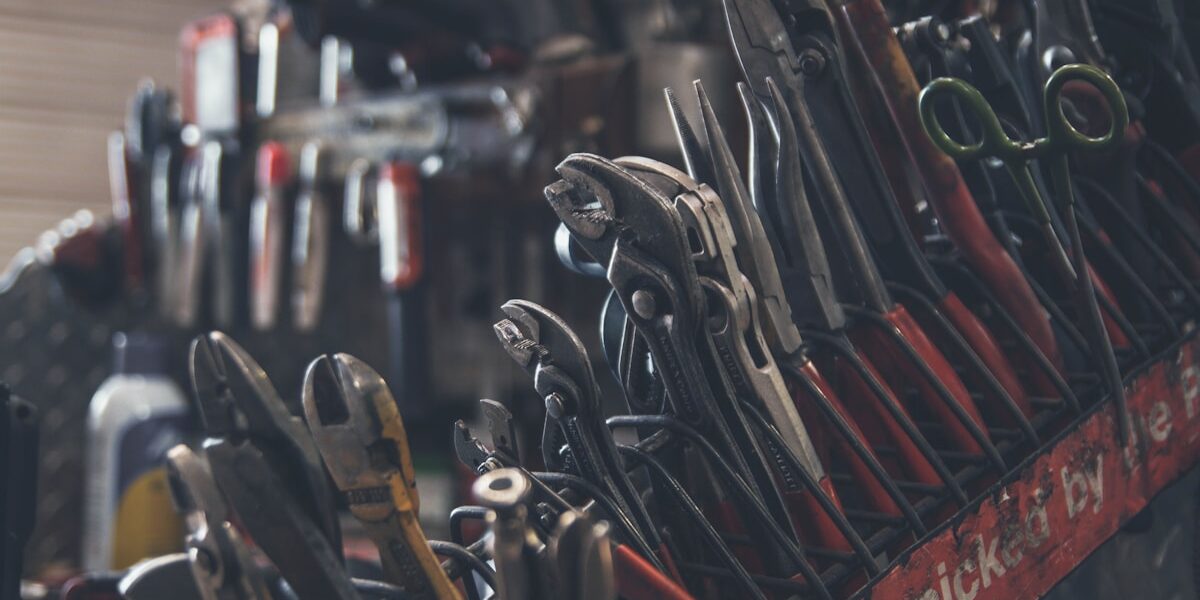Dado Charger: An Integral Tool in Woodworking
In the realm of woodworking, precise joinery is key to creating robust structures. Among the various techniques, the dado joint stands out. A dado charger comes into play as an indispensable device for this purpose. It ensures the carved grooves, or dados, fit the companion piece seamlessly.

Understanding the Dado Joint
The dado joint involves cutting a channel across the grain of a wood piece. This channel, or dado, holds the edge of another piece of wood. It’s fundamental in constructing bookcases, cabinets, and shelving. The strength arises from the larger surface area in contact compared to a simple butt joint.

The Role of a Dado Charger
For woodworking professionals, the dado charger is essential. This tool powers the rotary blades that cut the grooves at precise widths and depths. Unlike conventional saws, the dado charger can manage wide cuts in a single pass. This saves both time and effort in complex projects.

Components of a Dado Charger
- Motor: The heart of the dado charger, providing the necessary power for the blades.
- Blade System: Includes stacked blades or a wobble blade to adjust the width of the cut.
- Height Adjustment: Allows for precise control of the depth of the dado.
- Fence and Miter Gauge: Ensures straight, accurate cuts.
Blade Systems: Stacked vs. Wobble
Stacked dado blades consist of multiple chipper blades placed between outer blades. This configuration allows for a wide range of cut widths by adding or removing chippers. The stacked blades provide clean, precise cuts but require time to adjust.

Wobble dado blades, in contrast, achieve variable widths by adjusting the angle at which a single blade rotates. Though simpler to adjust, wobble blades can produce a slight curve in the bottom of the dado. This is something to consider based on the precision needed for the project.

Steps to Using a Dado Charger
- Preparation: Begin by ensuring all components are clean and in good condition. Check the blade alignment and motor functionality.
- Blade Configuration: Choose between a stacked or wobble blade system. Adjust to the required width of the dado.
- Setting Depth: Adjust the height setting to achieve the desired depth of the groove. Perform a test cut on a scrap piece to verify.
- Workpiece Securing: Secure the workpiece with clamps. Ensure it’s positioned firmly against the fence.
- Cutting the Dado: Power on the dado charger. Slowly feed the workpiece into the blade, maintaining a steady pace.
- Post-Cut Check: Examine the dado for accuracy in width and depth. Make adjustments if necessary for subsequent cuts.
Safety Precautions
Exercise caution when operating a dado charger. Wear protective eyewear and hearing protection. Ensure the workspace is free from clutter. Use push sticks to keep hands at a safe distance from the blades. Regularly check that blade nuts are secure to prevent accidents.

Maintaining Your Dado Charger
Regular maintenance of the dado charger prolongs its life and ensures quality cuts. Clean the blades after each use to remove resin build-up. Lubricate moving parts according to the manufacturer’s instructions. Periodically check and realign the blades for consistent performance.

Choosing the Right Dado Charger
Selecting an appropriate dado charger depends on your specific needs. Consider the motor power and speed settings. More power generally means smoother cuts and handling of tougher materials. Assess the ease of blade change and adjustments. Read reviews and seek recommendations from fellow woodworkers to ensure reliability.

Common Applications of Dado Chargers
Dado chargers are extensively used in cabinetry, allowing for strong shelf supports without visible fasteners. In furniture making, dados provide sturdy joints for desks, tables, and more. These tools are also pivotal in creating precise slots for drawer bottoms and back panels.

Innovations in Dado Charging Technology
Recent advancements have introduced digital height controls, enhancing precision. Some models feature laser guides for exact alignment. Dust collection systems are becoming standard, keeping the workspace cleaner and healthier. These innovations make the dado charger more user-friendly and efficient.

Environmental Considerations
Using an electric dado charger contributes to energy consumption. Opt for chargers with energy-efficient motors. Consume responsibly by maintaining tools and extending their life cycle. Consider dust collection systems to minimize the environmental impact of wood particles.

Training and Skill Development
Mastering the dado charger requires practice and understanding of wood types and grain direction. Beginners should start with simpler projects and gradually take on more complex tasks. Online tutorials and community workshops can provide practical insights. Learning from experienced woodworkers hones skills and fosters safe practices.

Incorporating Precision in Woodworking
The dado charger epitomizes the fusion of precision and efficiency in woodworking. By understanding its functionality and implementing it correctly, woodworkers achieve superior joinery. This powerful tool, when used with expertise, transforms the quality and durability of wooden structures.

\n\n
Related Articles
\n



Subscribe for Updates
Get the latest articles delivered to your inbox.
We respect your privacy. Unsubscribe anytime.